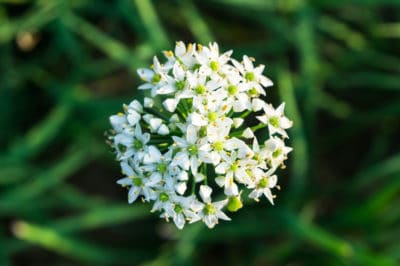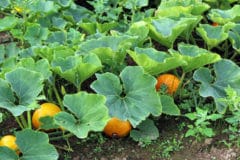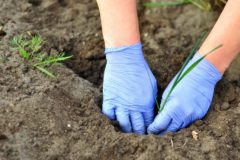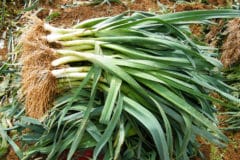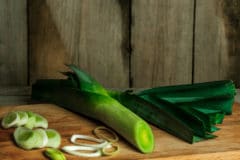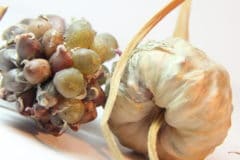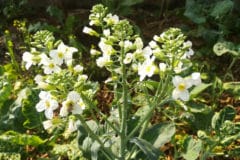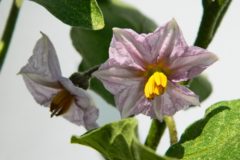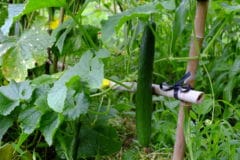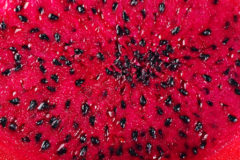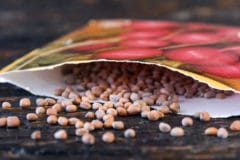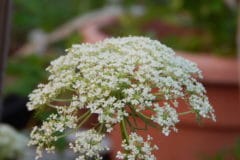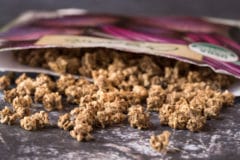Leek Flower Description
If you’re wondering what leek flowers look like, you’ll be surprised at how lovely they are, especially since they belong to the allium family. The following are a few of the characteristics of leek flower heads and the flowers that gradually emerge:
- Spherical shaped head with an elegant look
- Papery outer coating on the head
- Miniature purple and white flowers that form a pom-pom shaped ball
- Flowers have an oniony odor
When Do Leeks Flower?
Leeks bolt or go to seed near the end of their growing season. When this happens, the leeks become tough and bitter. Warm temperatures, or adding too much fertilizer to the soil also causes leeks to flower. If you don’t want your leeks flowering, pick them while they’re only about one inch in diameter.
It takes most leek varieties about 100 days to reach maturity, so you want to pick them before they reach this stage. Some early varieties only take 60 days to mature.
How to Collect Leek Seeds from the Flower
It’s simple to collect seeds from your leeks, and save them for future use. After your leeks flower, leave them on the stalk until they dry completely. Keep an eye on the dry flowers because they will eventually open, and the seeds will start to drop. You can recognize the seeds by their black, triangular shape. When you cut off the dry bulbs, keep a container or bag under them, so you don’t lose any seeds.
Another method of collecting the leek seeds is to tie a paper bag over the bulb when you notice it starting to dry out. When the bulb opens, the seeds will fall into the bag.
If you don’t want to take any chances that your leek seeds will drop, you can bring them inside, and allow them to dry inside a paper bag.
How to Store Leek Seeds
Before storing the leek seeds, clean the chaff off of them. This is the dried up part of the pod that’s left when you separate the seeds from the dried leek flowers. You can rub them in your hands , use a sifting screen, or blow on them to remove the dry chaff.
Once you’ve cleaned the seeds, place them in paper bags or envelopes. Store them in your basement, or any cool, dark spot. The seeds will last for up to two years.
